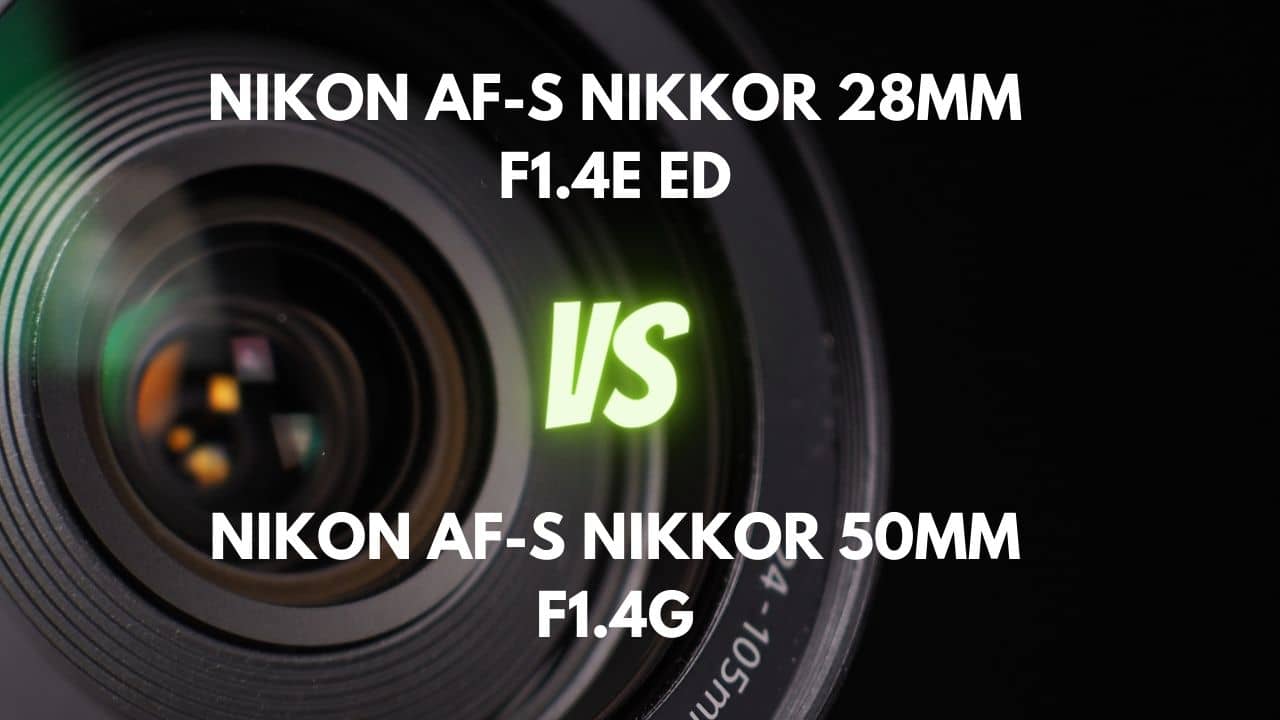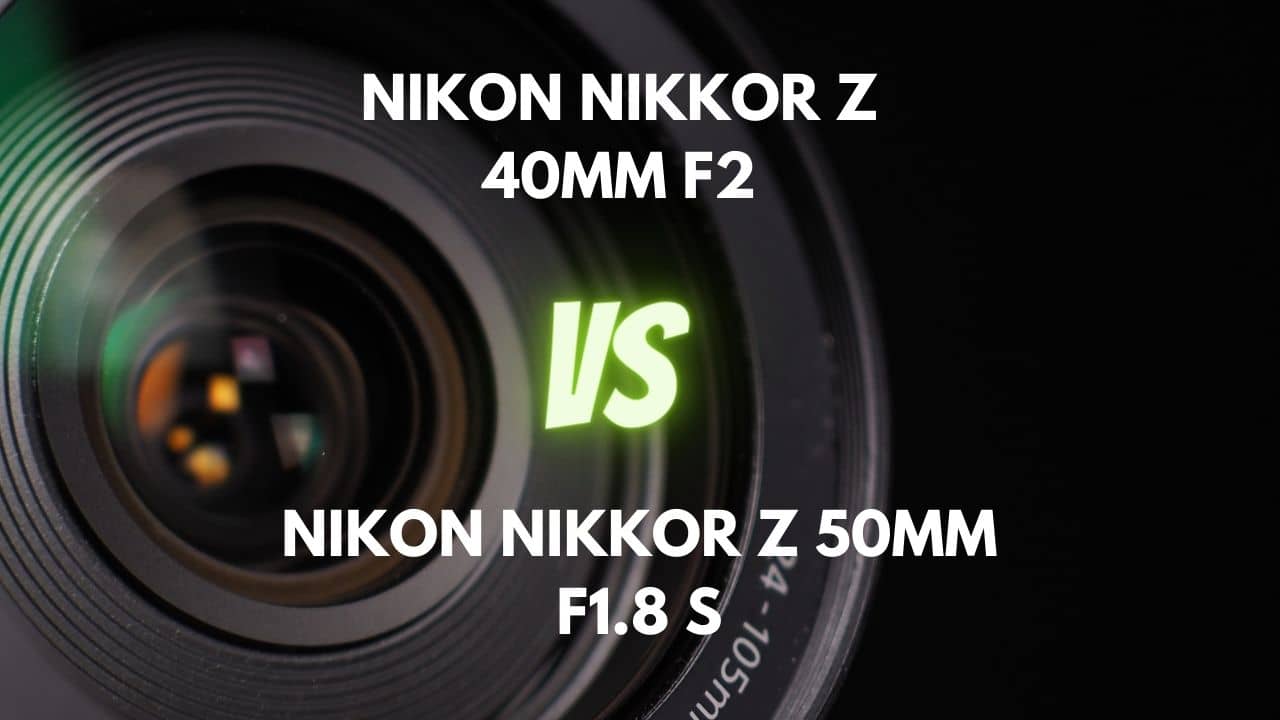As a beginner photographer, the amount of lens choices can be overwhelming. In this article, we hope to shed some light and make it easier for you to begin or expand your photography journey into hummingbird photography. We’ll go over the best lens for hummingbird photography, their features, prices, and where you can find them for purchase.
Let’s dive right into it!
How to Choose a Lens for Hummingbird Photography
Choosing a lens for hummingbird photography, or any wildlife photography for that matter, really comes down to a few things. Of course price is a factor, so we’ll go over various priced lenses. We also want to keep in mind that you’ll want to keep a good distance from the hummingbird in order not to scare them off. For that reason, you want to make sure you get a long lens.
You have the choice between a prime lens, meaning the focal length does not change, or a zoom lens, which offers different focal lengths. Many professional wildlife photographers use both, so we’ll go over both options in this article.
Another important factor to consider is the minimum focal distance of your lens. If your focal distance is too short, you’ll have to get closer to your subject for sharp images.
Tips on Hummingbird Behavior
Hummingbird behavior can be unpredictable, and choosing the right lens as a wildlife photographer can make all the difference.
Hummingbirds are solitary, so quite often you’ll find just one you’ll want to be photographing. A hummingbird feeder is a great place to begin to stake a spot for getting your first images of hummingbirds.
As a beginner, instead of using manual mode, you may opt to use shutter priority mode for photographing hummingbirds. Since Hummingbirds move at fast speeds, it’s important to have a fast shutter speed that can keep up without having the wings blur.
1. Sigma 150-600mm F5-6.3 Contemporary Version (Best Budget Lens for Birding)

This lens is a more medium-priced lens great for photographing hummingbirds and other wildlife, currently running under $1,000. Below, you’ll find some of the specs that make this lens a great lens for birding.
Available for Nikon and Canon Cameras
It can be purchased in 2 different lens mounts: Canon EF and Nikon F.
Wide Aperture Range
It has a wide aperture range, being able to go from f/5 to f/22. An aperture of f/5.6 is a great place to start when photographing hummingbirds. You want to be able to have a small enough aperture in order to keep the entire hummingbird in focus.
Zoom Lock
This lens features a Zoom Lock Switch, which can be initiated at the focal length of your choice in order to avoid any unintentional zooming when photographing hummingbirds. The perfect shot may only be there for a moment, so this feature puts you at an advantage of making sure you don’t accidentally zoom in when you get the perfect shot in the frame.
Optical Stabilizer
This is a must with shooting handheld hummingbirds and wildlife photography. An Optical Stabilizer System minimizes camera shake and can help you get a sharper image when using this lens without a tripod, especially in low-light conditions.
Zoom Capabilities
Able to go from 150mm to 600mm, this is a zoom lens offering great variability in focal length. The smaller focal length offers a wider angle of view, while the longer focal length offers a narrower angle of view. This gives you some versatility when photographing hummingbirds.
2. Canon RF 100-400mm F5.6-8 (Best Budget Mirrorless Lens for Hummingbird Photography)

If you’re looking for a budget lens for hummingbird photography for your mirrorless Canon camera, look no further than this great zoom lens by Canon.
Full Frame Format
The Canon 100-400mm lens is a full-format lens, making it great for capturing professional-grade photos on your full-frame camera.
Excellent Autofocus
When it comes to hummingbird photography, fast autofocus can make a big difference, especially for in-flight shots. The good news is this lens has instant autofocus. It is built with Canon’s Nano USM, combining the benefits of a ring ultrasonic motor (USM) with a lead-screw type STM (stepping motor).
Optical Image Stabilizer
This is another lens option that features the must-have optical image stabilizer. An optical image stabilizer is important to have when the possibility arises to capture sharp images of hummingbirds but you don’t have a tripod with you, or the situation doesn’t allow for the use of a tripod.
Long Reaching
This telephoto zoom lens by Canon has a long reach, going up to 400mm focal length. This makes this lens a great investment for hummingbird photography, but versatile enough to use in a variety of other photography genres, such as sports photography and moon photography.
3. Sigma 150-600mm F/5-6.3 Sports Version (Best High-Grade Zoom Lens for Hummingbird Photography)

This lens comes in as being one of the more expensive lenses on our list. With price comes great quality and features in this Sigma 150-600mm lens.
Designed for the Wildlife Photographer
This lens is one of many in Sigma’s Sports line, part of Sigma’s Global Vision Series. It was designed specifically to outperform other lenses in the fields of wildlife and other action photography featuring fast-moving subjects.
Hyper Sonic Motor
With the Hyper Sonic Motor integration, this lens offers lightning-fast autofocus. This is ideal when photographing hummingbirds to help ensure you don’t miss that perfect shot.
High Focal Length Capabilities
This lens is sure to get you to your desired results, with a maximum focal length of 600mm, and a minimum of 150mm. Being able to go up to 600mm, you’ll be able to spot & capture the perfect hummingbird shot from a far distance.
Rotating Tripod Collar
The addition of a Rotating Tripod Collar makes this lens a breeze to work with on a tripod. Once you start getting into photographing with long lenses and a high focal length, this is a must as the lens will often become longer and heavier than the camera itself.
Available for Nikon, Canon, and Sony
This state-of-the-art telephoto lens is also available for purchase for Nikon and Canon DSLRs, leaving no one out of the opportunity to take professional-grade wildlife photos.
4. Tokina 500mm F/8 (Best Budget Prime Lens for Hummingbird Photography)

We’ve covered a lot of zoom lenses, now let’s go over a great prime lens option for wildlife photography on a budget. A prime lens simply means the lens is fixed and does not zoom.
If you’re looking for a good budget prime lens for hummingbird photography, let’s take a look at the details of the Tokina 500mm Telephoto Lens. This lens is compatible with Canon EF-Mount, Sony E Mount, Nikon F and Z mount.
High Depth of Field
This lens features a fixed aperture of f/8, which is going to give you a high depth of field. Choosing an aperture is all about the desired result you want to achieve with your photograph. Since this lens features a fixed aperture of f/8, you can expect to get more clarity out of your shots instead of blurred background.
Compact and Lightweight
This is a potentially great option if you like to travel or hike around with your camera. It offers a long focal length but is compact and lightweight. The lens weighs only 10.9 ounces and features a slim design.
Long Focal Length
The focal length is fixed on this lens, offering a high focal length of 500mm. It offers the opportunity to stay a good distance for capturing the perfect hummingbird photograph.
5. Sigma 500mm F/4 (Best High-Grade Prime Lens for Hummingbird Photography)

There are a ton of options when it comes to a high-grade lens with a fixed focal length for hummingbird photography. The options can be overwhelming, so we did the work of finding the best prime lens for use in hummingbird photography. The Sigma 500 mm is a fine choice for a variety of reasons, and it’s available for Nikon and Canon cameras. Let’s review it below!
Impressive Aperture Range
The Sigma 500mm telephoto lens offers an impressive aperture range, beginning at f/4 up to f/32. With this kind of versatility, you can always be prepared to create sharp images or bokeh of whatever your mind can imagine.
Compatible with Sigma Global Vision Teleconverters
Another great advantage of this lens is its compatibility with state-of-the-art teleconverters. Teleconverters allow your currently fixed lens to be able to extend to an even higher focal length. This lens can be extended into a 700mm f/5.6 lens with a 1.4x teleconverter, or even up to a stunning 1000mm f/8 lens with a 2x teleconverter.
Dust and Splash Proof
This lens is equipped with rubber sealing that helps to protect it from splashes and dust. It also features a water and oil repellent coating on the front and rear elements for extra protection against outside forces.
There is a LOT to love about this lens, but the above are just some of the top features making it a great option for hummingbird photography, or any wildlife photography for that matter.
Frequently Asked Questions Regarding Hummingbird Photography
What Shutter Speed do you need for hummingbirds?
To capture sharp images of hummingbirds, you’re going to want to use an ultra-fast shutter speed. Think between 1/1000th to 1/2000th of a second. Hummingbirds move fast, and a faster shutter speed will improve your likelihood of success.
What is the best time of day to photograph?
The golden hour has always been a great time for taking photographs, and it’s no different with hummingbird photography. Golden Hour is the last hour before sunset and the first hour after sunrise. You can get an app that will help you determine the golden hour where you live. Golden Hour is a great app for doing just that, available for iPhone and Android.
How do you take pictures of hummingbirds with Flash?
For taking photos of hummingbirds using flash, it will work best to switch your camera to Manual Mode so you can control both the shutter speed and the aperture. You’ll need to make sure that your shutter speed is no faster than the sync speed of your flash. You’ll need to experiment with different apertures, but generally, the higher, the better since the flash will create a burst of bright light.






